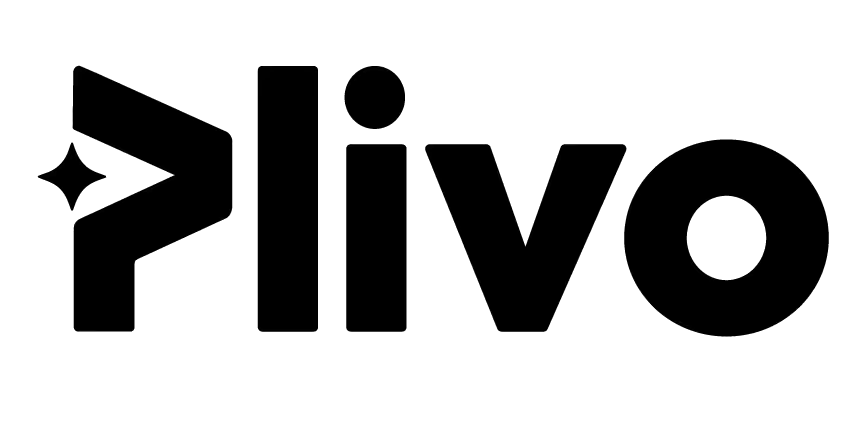Glossary
A2P Messaging
Businesses that use SMS text messages communicate with customers via application-to-person messaging.
API
An application programming interface is a set of definitions and protocols that provides an easy, standard way for two applications to communicate with each other.
Call Tracking
Call tracking lets marketers track and measure the value of inbound calls that were driven by their marketing efforts.
Carrier
A carrier is a business that provides telecommunication services.
Conferencing Bridge
A conferencing bridge is a virtual platform that enables multiple participants to join a conference call or meeting from different locations.
CPaaS
A communications platform as a service is a cloud-based communications platform that bundles multiple telecommunications functions.
Direct Inward Dialing
Direct Inward Dialing is a telephone service that lets organizations assign phone numbers to ring on specific phones without running a new line from a phone company’s central office to each phone.
DLT
Distributed ledger technology comprises a technological infrastructure and protocols that allows distributed systems to record, access, and validate transactions across multiple nodes in a network. The Telecom Regulatory Authority of India (TRAI) requires that businesses that want to send SMS messages register their organizations via DLT.
DTMF
Dual-Tone Multi-Frequency (DTMF) is a signaling system invented for Touch-Tone dialing on analog phone networks, which is still used on today’s digital systems.
E.164
E.164 is an ITU-T standard that defines a numbering plan for the worldwide public switched telephone network and the syntax for phone numbers.
IVR
Interactive voice response is phone system technology that lets incoming callers make responses to a menu of audio prompts by pressing keys or speaking words
Mean Opinion Score (MOS)
Mean opinion score is a way to assess the quality of voice connections.
Mobile Network Operator (MNO)
A mobile network operator is a company that provides wireless voice and data services to mobile phone subscribers.
Network Latency
Latency refers to the delay between when information is transmitted and when it’s received.
North American Numbering Plan (NANP)
The North American Numbering Plan is a single telephone numbering plan that serves 20 North American countries. All NANP countries use the country code “1.”
One Ring Scam
The one ring scam is a deceptive practice where fraudsters place a call and allow it to ring once before disconnecting. They hope to get recipients to call back to find out what the call was about. The callback number, however, is an expensive international or premium rate number, and the scam operators get a portion of the charges.
Outbound Dialing
Outbound dialing refers to the practice of initiating calls from a central system or platform to external phone numbers.
PBX
A private branch exchange is a hardware device that a company can install to run its internal phone lines the way a telephone company routes calls within its central office exchanges.
PSTN
The public switched telephone network is the circuit-switched network that carried all phone calls before the invention of VoIP.
Short Code
A short code is a five- or six-digit phone number used to send to and receive text messages from mobile phones.
SMS Geofencing
SMS geofencing is a location-based marketing strategy that involves defining virtual boundaries, or “geofences,” around specific geographic areas.
SMS Verification
SMS verification uses text messages to send one-time passwords that people can use for two-factor authentication.
Virtual Phone Number
A virtual phone number is a telephony endpoint that’s not bound to a single location or device.
Voice Broadcasting
Voice broadcasting involves sending prerecorded voice messages to a large group of recipients simultaneously.






























